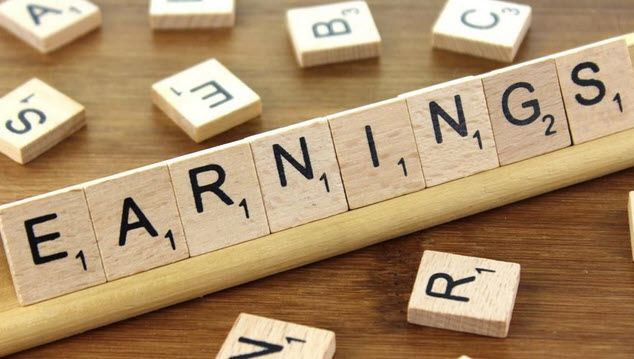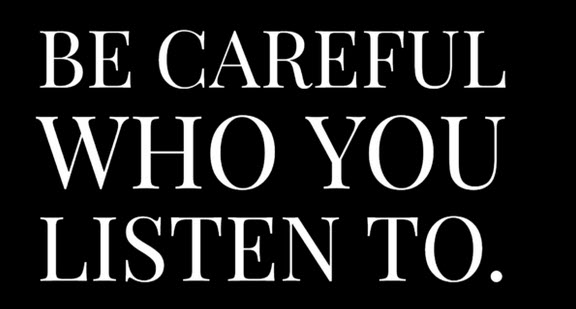 "Inflation" numbers predictably continue to shape the market narrative. As you may have read in our previous blog posts we continue to see this being the case until the economic data starts to show a consistent declining trend. While markets will look for early signs that the tide is turning, only consistent data will mark a tangible shift in the markets and a change in Fed sentiment.
"Inflation" numbers predictably continue to shape the market narrative. As you may have read in our previous blog posts we continue to see this being the case until the economic data starts to show a consistent declining trend. While markets will look for early signs that the tide is turning, only consistent data will mark a tangible shift in the markets and a change in Fed sentiment.
Until that time, the Federal Reserve will continue to hike rates aggressively. They have made it abundantly clear that this is their number one priority and while they would like to avoid a recession that is not going to sway their intent to bring inflation into their acceptable orbit of less than 2% per year. Given the significant monetary forces that were put in motion since the inception of COVID it may take more time and hikes than anyone would like or anticipates.
A good analogy is being at the dentist for an unpleasant procedure that takes more time to resolve. We want it to end but it won't until the dentist is satisfied they have done the job. The Fed dentist wont be done until they meet their objective.
...




 A recent research report released by Absolute Strategy Research revealed that 37% of money managers (who collectively oversee $5.2 trillion in assets) expect earnings to be higher a year from now. 63% expect earnings to be lower. That’s the lowest reading since late 2015.
A recent research report released by Absolute Strategy Research revealed that 37% of money managers (who collectively oversee $5.2 trillion in assets) expect earnings to be higher a year from now. 63% expect earnings to be lower. That’s the lowest reading since late 2015. Inflation numbers continue to be the central issue shaping the market narrative. Last week’s market rally is based on the "not yet substantiated" narrative that inflation numbers will come down sooner and will necessitate less drastic action on the part of the Federal Reserve. In the short term, it's a speculative narrative.
Inflation numbers continue to be the central issue shaping the market narrative. Last week’s market rally is based on the "not yet substantiated" narrative that inflation numbers will come down sooner and will necessitate less drastic action on the part of the Federal Reserve. In the short term, it's a speculative narrative. When markets fall, who do you listen to? This may seem like an odd title for a blog post, but it is an important one from a pyschological, health and financial well being standpoint. When markets fall and the economy experiences a down turn, the mainstream media highlights worst case scenarios and how bad everything can get. It can make your stomach churn if you have money in the markets, even if you have gone through such events in the past. The media is highly trained on how to illicit response with headlines that make you want to read them. That is how they make their money. It is also built into human pyschology that any danger signals trigger the pre-historic or primordial functions of the brain that are about survival. Add a terrible war in Ukraine and ongoing economic cold-war with China and you have a recipe for doom and gloom.
When markets fall, who do you listen to? This may seem like an odd title for a blog post, but it is an important one from a pyschological, health and financial well being standpoint. When markets fall and the economy experiences a down turn, the mainstream media highlights worst case scenarios and how bad everything can get. It can make your stomach churn if you have money in the markets, even if you have gone through such events in the past. The media is highly trained on how to illicit response with headlines that make you want to read them. That is how they make their money. It is also built into human pyschology that any danger signals trigger the pre-historic or primordial functions of the brain that are about survival. Add a terrible war in Ukraine and ongoing economic cold-war with China and you have a recipe for doom and gloom.